Description
Familiarity with treatment
Traditional liposuction, also known as suction-assisted liposuction (SAL), is a surgical procedure that aims to remove excess fat from specific areas of the body to improve body contour and shape. Here is an explanation of the procedure based on the information from the search results:
Anesthesia: Before the procedure, anesthesia is administered to ensure patient comfort. The options for anesthesia include general anesthesia, intravenous sedation, or local anesthesia, depending on the patient’s needs and the extent of the procedure 1.
Incisions: Small, inconspicuous incisions are made in the targeted areas of the body. These incisions allow the insertion of a hollow stainless steel tube called a cannula 1. The size and number of incisions may vary depending on the specific technique used and the amount of fat being removed.
Tumescent Solution: Prior to the fat removal process, a tumescent solution is infused into the targeted area. This solution typically consists of a saline solution mixed with a local anesthetic (lidocaine) and a vessel-constrictor (epinephrine). The tumescent solution helps to numb the area, minimize bleeding, and facilitate fat removal 2.
Fat Removal: Once the tumescent solution has taken effect, the surgeon inserts the cannula through the incisions and uses a back-and-forth motion to break up and suction out the excess fat cells. The cannula is connected to a vacuum or suction device that removes the fat from the body 1.
Techniques and Advances: Traditional liposuction techniques have evolved over time, and there have been advancements to improve patient safety and outcomes. For example, laser-assisted liposuction (LAL) uses laser energy to liquefy fat cells before removal, while power-assisted liposuction (PAL) uses a reciprocating motion of the cannula to facilitate fat removal. These techniques aim to enhance the efficiency and effectiveness of the procedure 3.
Areas of Treatment: Traditional liposuction can be performed on various areas of the body, including the abdomen, hips, thighs, buttocks, arms, neck, and face 1. It is important to note that the specific areas that can be treated may vary depending on individual patient needs and the surgeon’s expertise.
Who is it suitable for?
Liposuction is a highly individualized procedure, and the suitability for traditional liposuction can vary depending on several factors. Here are some points to consider based on the information from the search results:
Ideal Candidates: Ideal candidates for liposuction, including traditional liposuction, are typically adults within 30% of their ideal weight, have firm and elastic skin, and good muscle tone. They should be in good overall health without any life-threatening illnesses or medical conditions that can impair healing. Non-smokers and individuals with a positive outlook and specific goals for body contouring are also considered suitable candidates.
Excess Fat Deposits: Liposuction, including traditional liposuction, is suitable for individuals who are bothered by excess fat deposits that do not respond to diet or exercise. It is important to note that liposuction is not a weight-loss method but rather a procedure to remove localized areas of excess fat and improve body contour.
Skin Elasticity: The elasticity of the skin is an important factor in determining the suitability for liposuction. Patients with firm and elastic skin tend to have better results as the skin can reshape well after fat removal. However, individuals with soft and thin skin due to factors such as stretch marks, weight loss, or natural aging may not experience the same level of reshaping and may require additional surgeries to remove and tighten excess skin.
Health Considerations: The overall health of the individual is an important consideration for liposuction. Candidates should be in good health and free from any medical conditions that can increase the risk of complications or impair the healing process.
Consultation with a Surgeon: The best way to determine if traditional liposuction is suitable for an individual is through a consultation with a qualified plastic surgeon. The surgeon will assess the patient’s specific needs, evaluate their health status, and discuss the potential risks and benefits of the procedure.
Who is it not suitable for?
While liposuction, including traditional liposuction, can be beneficial for many individuals, there are certain cases where it may not be suitable. Here are some factors to consider based on the information from the search results:
Obesity: Liposuction is not a weight loss solution for individuals who are significantly overweight or obese. It is important to note that liposuction is intended to remove localized areas of excess fat and improve body contour, not for overall weight reduction. For individuals who are obese, other weight loss methods, such as diet and exercise, may be more appropriate.
Poor General Health: Liposuction is a surgical procedure, and individuals with certain medical conditions may not be suitable candidates. Conditions such as uncontrolled diabetes, heart disease, blood clotting disorders, compromised immune systems, or other serious health conditions may increase the risk of complications during or after the surgery.
Unrealistic Expectations: Liposuction can provide significant improvements in body contour, but it is important for individuals to have realistic expectations. It is not a magical solution for achieving the “perfect” body. Patients should have a clear understanding of the limitations and potential outcomes of the procedure.
Pregnancy or Breastfeeding: Liposuction is not recommended for individuals who are pregnant or breastfeeding. It is generally advisable to wait until after pregnancy and breastfeeding to undergo liposuction to ensure the safety and well-being of both the mother and the baby.
Poor Skin Elasticity: Individuals with poor skin elasticity may not achieve the desired results from liposuction alone. Liposuction removes fat, but it does not address sagging or loose skin. In such cases, additional procedures like a tummy tuck or body lift may be necessary to achieve the desired outcome.
Psychological Considerations: Liposuction is not suitable for individuals with unrealistic body image expectations or those seeking the procedure as a solution to underlying psychological issues. It is important to have a positive body image and realistic expectations before undergoing any cosmetic procedure.
Advantages
Based on the information from the search results, there are certain cases where liposuction, including traditional liposuction, may not be suitable. Here are some factors to consider:
Obesity: Liposuction is not a weight loss solution for individuals who are significantly overweight or obese. It is important to note that liposuction is intended to remove localized areas of excess fat and improve body contour, not for overall weight reduction. For individuals who are obese, other weight loss methods, such as diet and exercise, may be more appropriate.
Poor General Health: Liposuction is a surgical procedure, and individuals with certain medical conditions may not be suitable candidates. Conditions such as uncontrolled diabetes, heart disease, blood clotting disorders, compromised immune systems, or other serious health conditions may increase the risk of complications during or after the surgery.
Poor Skin Elasticity: Individuals with poor skin elasticity may not achieve the desired results from liposuction alone. Liposuction removes fat, but it does not address sagging or loose skin. In such cases, additional procedures like a tummy tuck or body lift may be necessary to achieve the desired outcome.
Unrealistic Expectations: Liposuction can provide significant improvements in body contour, but it is important for individuals to have realistic expectations. It is not a magical solution for achieving the “perfect” body. Patients should have a clear understanding of the limitations and potential outcomes of the procedure.
Pregnancy or Breastfeeding: Liposuction is not recommended for individuals who are pregnant or breastfeeding. It is generally advisable to wait until after pregnancy and breastfeeding to undergo liposuction to ensure the safety and well-being of both the mother and the baby.
Psychological Considerations: Liposuction is not suitable for individuals with unrealistic body image expectations or those seeking the procedure as a solution to underlying psychological issues. It is important to have a positive body image and realistic expectations before undergoing any cosmetic procedure.
Complications
Liposuction, including traditional liposuction, is a surgical procedure that carries certain risks and potential complications. Here are some points to consider based on the information from the search results:
Anesthesia Risks: Liposuction requires anesthesia, and there are inherent risks associated with anesthesia administration. These risks can include allergic reactions, respiratory problems, and adverse reactions to medications. An anesthesiologist or qualified healthcare professional will closely monitor the patient during the procedure to minimize these risks.
Bruising and Swelling: Bruising and swelling are common after liposuction and can vary in severity depending on the extent of the procedure. These side effects typically subside over time but can cause discomfort and temporary changes in the appearance of the treated area.
Infection: Infection is a potential risk after any surgical procedure, including liposuction. To minimize the risk of infection, surgeons typically prescribe antibiotics and provide instructions for proper wound care. It’s important for patients to follow these instructions diligently.
Irregular Contours or Asymmetries: Liposuction aims to improve body contour and shape, but there is a risk of irregular contours or asymmetries in the treated area. Factors such as uneven fat removal, uneven healing, or individual variations in tissue response can contribute to these outcomes. Revision surgery may be necessary to address these issues.
Fluid Accumulation: Fluid accumulation, known as seroma, can occur after liposuction. Surgeons may place drains or use compression garments to minimize the risk of seroma formation. In some cases, aspiration or drainage of the fluid may be necessary.
Deep Vein Thrombosis and Pulmonary Complications: Liposuction, like any surgery, carries a risk of deep vein thrombosis (DVT) and pulmonary complications such as blood clots. Surgeons take precautions to minimize these risks, including the use of compression stockings, early ambulation, and the administration of blood thinners when necessary.
Skin Sensation Changes: Temporary changes in skin sensation, such as numbness or altered sensitivity, can occur after liposuction. These changes typically resolve over time, but in some cases, they may persist.
preoperative care
Preoperative care refers to the physical and psychosocial care provided to patients before undergoing surgery. The goal of preoperative care is to ensure the patient’s safety and optimize their outcomes after the surgical procedure. Here are some key points about preoperative care based on the information from the search results:
Assessment and Evaluation: Preoperative care begins with a thorough assessment and evaluation of the patient’s medical history, physical condition, and specific needs. This includes obtaining a detailed medical history, conducting a physical examination, and performing any necessary tests or evaluations to assess the patient’s fitness for surgery 1.
Patient Education: Patient education is an essential component of preoperative care. During this phase, healthcare professionals provide information to the patient about the surgical procedure, potential risks and benefits, expected outcomes, and postoperative care instructions. This helps the patient understand what to expect and actively participate in their own care 2.
Preoperative Testing: Depending on the type of surgery and the patient’s medical condition, various preoperative tests and assessments may be conducted. These tests can include blood work, imaging studies, electrocardiograms (ECGs), and consultations with other specialists to ensure the patient is in the best possible condition for surgery 2.
Medication and Preparation: Preoperative care involves reviewing the patient’s current medications and making any necessary adjustments or modifications. This may include discontinuing certain medications that can interfere with the surgery or adjusting the dosage of others. Additionally, patients may be instructed to fast for a specific period before surgery to minimize the risk of complications related to anesthesia 3.
Addressing Anxiety and Comfort: Preoperative care aims to address the patient’s anxiety and ensure their comfort before surgery. This can involve providing emotional support, answering questions, and offering relaxation techniques or medications to help alleviate anxiety.
Consent and Documentation: Obtaining informed consent from the patient is an important part of preoperative care. The healthcare team ensures that the patient understands the risks, benefits, and alternatives of the procedure and signs the necessary consent forms. Documentation of the preoperative assessment, education, and consent is essential for accurate and comprehensive patient care 3.
Postoperative care
Postoperative care refers to the care provided to patients after they have undergone surgery. The goal of postoperative care is to promote healing, manage pain, prevent complications, and support the patient’s recovery. Here are some key points about postoperative care based on the information from the search results:
Monitoring Vital Signs: After surgery, healthcare professionals closely monitor the patient’s vital signs, including blood pressure, heart rate, respiratory rate, and temperature. This helps ensure the patient’s stability and allows for early detection of any potential complications.
Pain Management: Effective pain management is an important aspect of postoperative care. Healthcare professionals may prescribe pain medications or use other techniques such as epidurals, patient-controlled analgesia (PCA), or non-pharmacological methods to help control pain and discomfort.
Wound Care: Proper wound care is crucial for preventing infection and promoting healing. This may involve regularly cleaning and dressing the surgical incision site, as well as monitoring for any signs of infection, such as redness, swelling, or drainage.
Mobility and Ambulation: Early mobilization and ambulation are encouraged as soon as the patient’s condition allows. Moving and walking help prevent complications such as blood clots and promote circulation and healing.
Nutrition and Hydration: Adequate nutrition and hydration are essential for the healing process. Healthcare professionals may provide guidance on a balanced diet and encourage the patient to drink fluids to maintain hydration.
Respiratory Care: Depending on the type of surgery, patients may receive respiratory care to prevent complications such as pneumonia or atelectasis. This may involve deep breathing exercises, the use of incentive spirometry, or the administration of respiratory treatments.
Preventing Complications: Postoperative care includes measures to prevent complications such as infections, blood clots, and pressure ulcers. This may involve administering prophylactic medications, using compression stockings, assisting with frequent position changes, and providing appropriate skin care.
Patient Education: Patient education continues during the postoperative period. Healthcare professionals provide instructions on postoperative care, including medication management, wound care, activity restrictions, and signs of potential complications. This empowers the patient to actively participate in their recovery process.

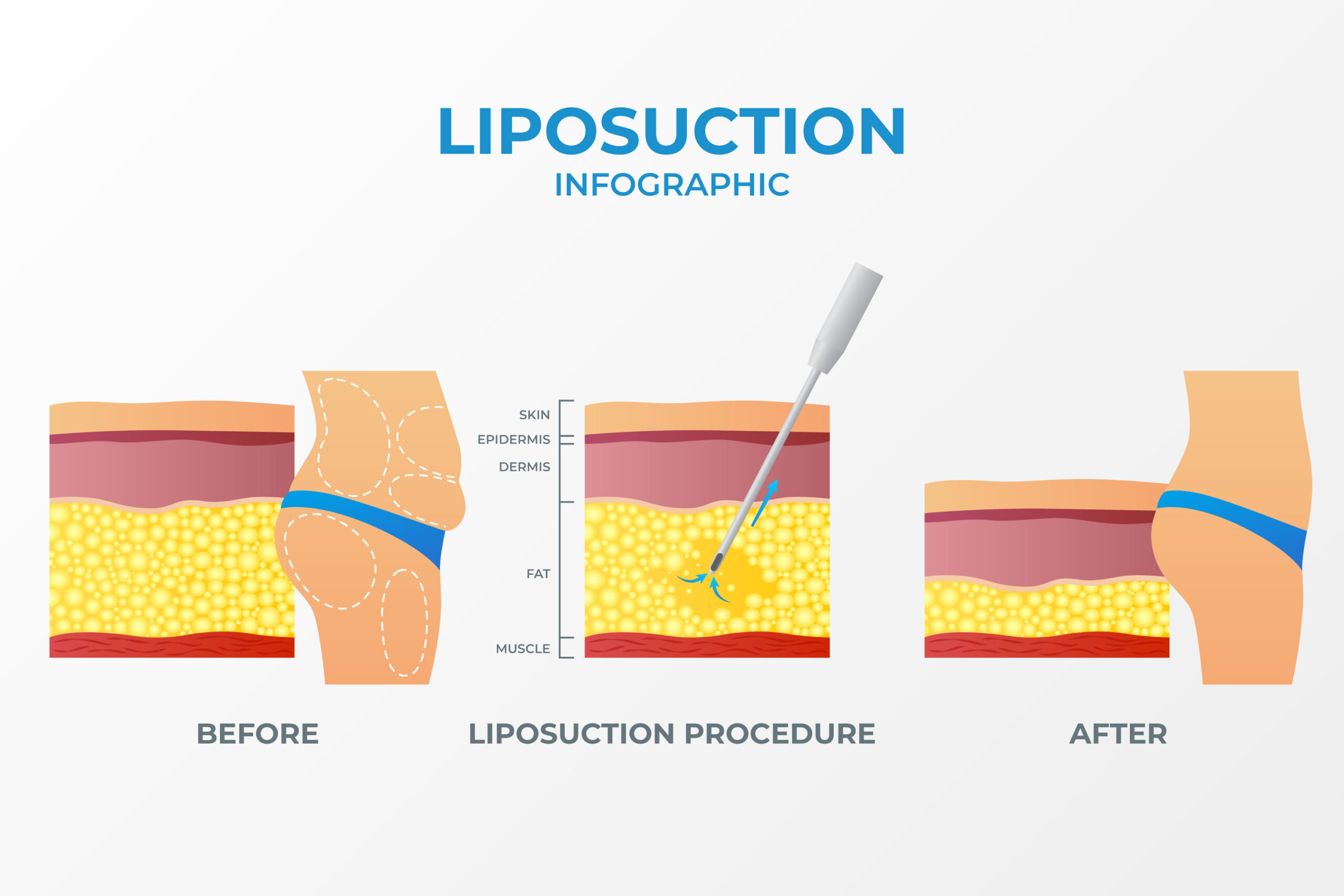
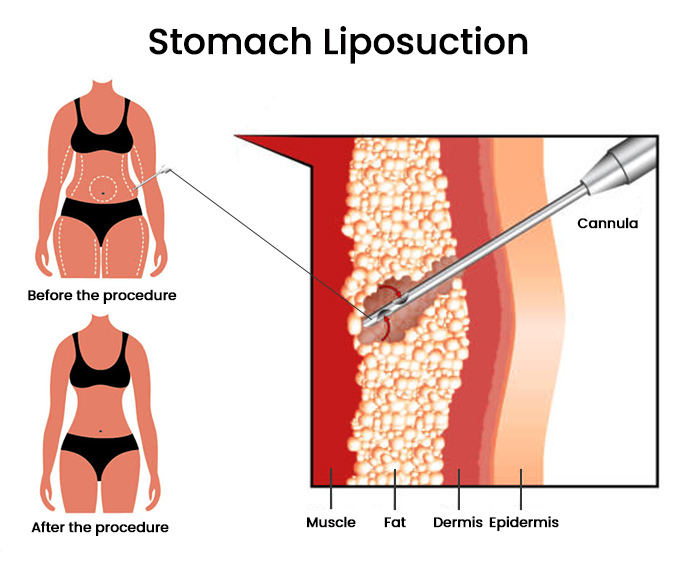
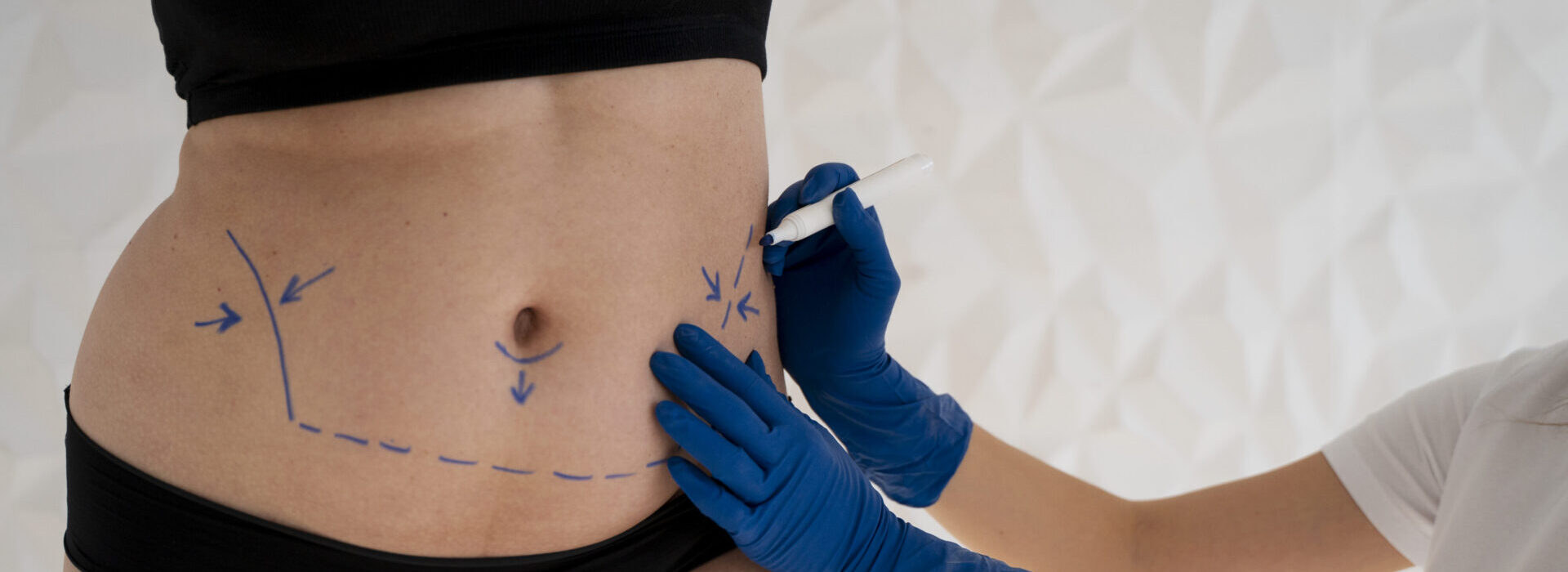
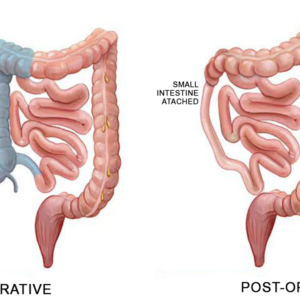
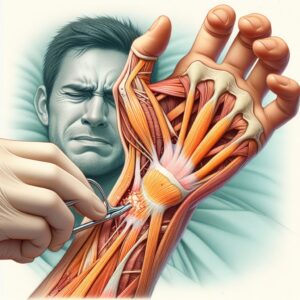

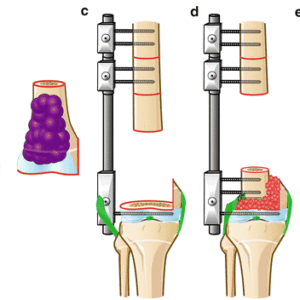
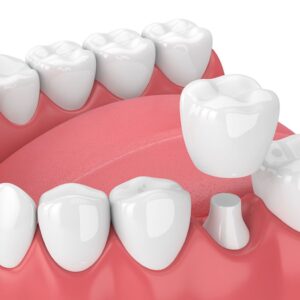
Reviews
There are no reviews yet.